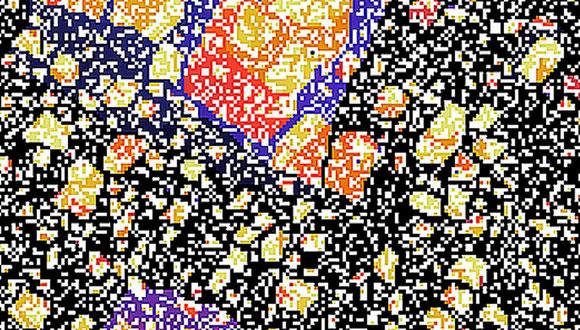Biological & Soft Matter Seminar: Gold and Silver Nanolenses Self-Assembled by DNA Origami
Dr. Christian Heck, TAU
Abstract:
Structural DNA nanotechnology exploits the principle of sequence-dependent DNA hybridisation for construction purposes, with DNA strands as the building material and nucleobases as a programmable glue. DNA origami, where one long DNA strand is folded into a defined shape by many short ones, has become the most common and most versatile technique to build nanoobjects from DNA. In my PhD project at the University of Potsdam, at Humboldt University Berlin, and at the Federal Institute of Material Research and Testing (Germany), I used DNA origami scaffolds to assemble metal nanoparticle aggregates with peculiar optical properties, so-called nanolenses. Nanolenses are linear chains of differently-sized metal nanoparticles, which can theoretically provide extremely high field enhancements. These can amplify spectroscopic signals, for example in surface-enhanced Raman spectroscopy (SERS). The complex structure of nanolenses renders their synthesis challenging and has hampered closer analyses so far. We used DNA origami to self-assemble DNA-coated 10 nm, 20 nm, and 60 nm gold or silver nanoparticles into gold or silver nanolenses. Three different geometrical arrangements of gold nanolenses were assembled, and single structures compared regarding their enhancement properties. The protein streptavidin was labelled with alkyne groups and served as a biological model analyte, bound between the 20 nm and 10 nm particle of silver nanolenses. Thereby, a SERS signal from a single streptavidin could be detected. In the end I will present some of my projects at TAU.


